Since the founding of YouTube, video content has been a popular method of conveying information. Millennials and Gen Z grew up in the era of viral video clips, and are used to consuming media that is highly visual, interactive, and only takes a few minutes to watch.
And then 2020 happened.
For months, people of all generations turned to video content for entertainment, personal communication, and their careers. Video has taken center stage in all of our lives, and if you want to engage workers in their training, you need to harness that power.
One of the great advancements in employee training is the use of video coaching.
Video coaching helps ensure a more engaging learning environment and helps prepare employees for real on-the-job scenarios. Let’s explore some of the top ways that video helps employees be more effective in their positions.
Engaging Learning
Using video in training exercises is a great way to create a more engaging learning environment. Slide decks with quiz-based assessments at the end allow passive learning. Creating a video to answer questions requires full engagement without distraction. When learners are active, they are more involved in the complete learning process.
Practice Without an Audience
Video coaching works like this: team members create videos to practice skills they have learned and upload them for managers or mentors to review. On a sales team, for example, the practice allows them to perfect the sales pitch before going out to actual customers. Employees can attempt as many takes as they want before sending their video for review. This option limits the potential for embarrassment and decreases stress and pressure. If the trainee makes a mistake, he or she can easily discard the video and submit a new one.
Save Time with Artificial Intelligence Feedback
The best video coaching services take advantage of artificial intelligence to help provide non-partial feedback without involving trainers. AI can analyze pacing, tone, facial expression, and eye contact. Smart software can even compare the user against his or her peers. The AI gives the user feedback to help with skill development, even prompting do–overs, if necessary. The employee can then make adjustments and try again. The AI option saves time for everyone because then the mentor can focus on aspects the AI doesn’t pick up on, like storytelling ability and actual content. AI is incredibly helpful in this respect since learners do not have to rely on self-reflection or someone else’s availability.
Valuable Mentoring Opportunities
Throughout the video coaching process, mentors are a priceless resource. Mentors can take some time to evaluate the video, making note of where the employee needs more education (and marking areas of improvement. Then, the mentor can meet with the employee to provide specific training based on what the video lacked. The mentor can include regular follow-ups and supplemental training as needed. This process is called the feedback loop and is considered to be one of the best ways to approach employee training.
Practice for the Performance
Like any training, it is crucial to practice for the actual performance. Sports teams run plays they plan to use in the game. Musicians run their pieces from start to finish, and workers run through their entire presentation, fielding potential questions with the correct answers. In this webinar, I shared a time when I was a sales rep for Staples. My sales intro was perfect, but when I got in front of the customer, I had no knowledge of how to finish the deal. Training has to prepare people to move past the first step and be able to close the deal. Messaging and performance must be reviewed. Video coaching allows room for that review.
Finding Success with Video Coaching
Numerous companies are already finding success by incorporating video coaching into the training process. These companies are finding that video coaching is improving communication skills and confidence levels when working with customers. Video coaching is also helping improve the onboarding process and drive employee engagement. Paychex recently began using video coaching and found increases in employee retention, business revenue, increase in speed and competency, and reduction in travel expenses.
Conclusion
Video coaching is an improved approach to training. Businesses that utilize video coaching find their employees work more effectively, with minimal need for remedial training.








